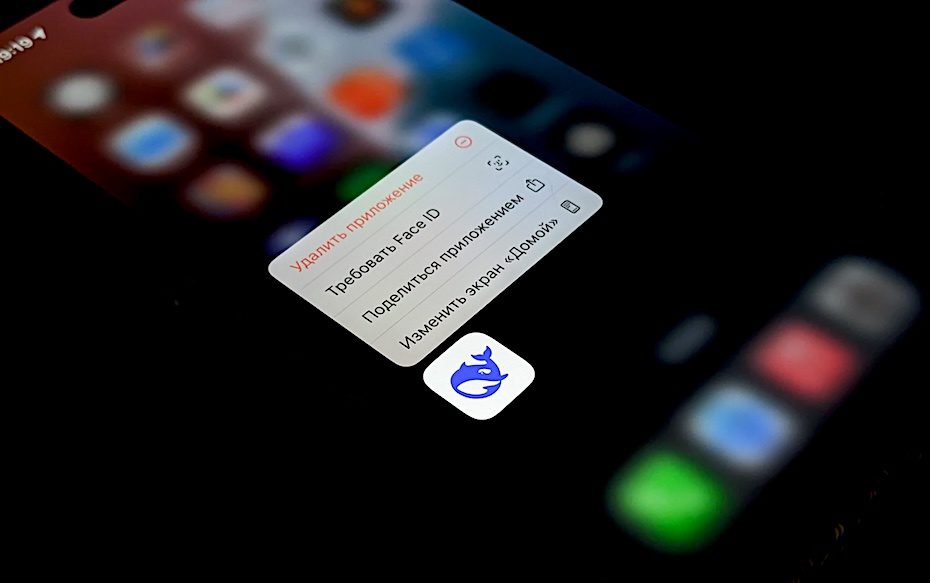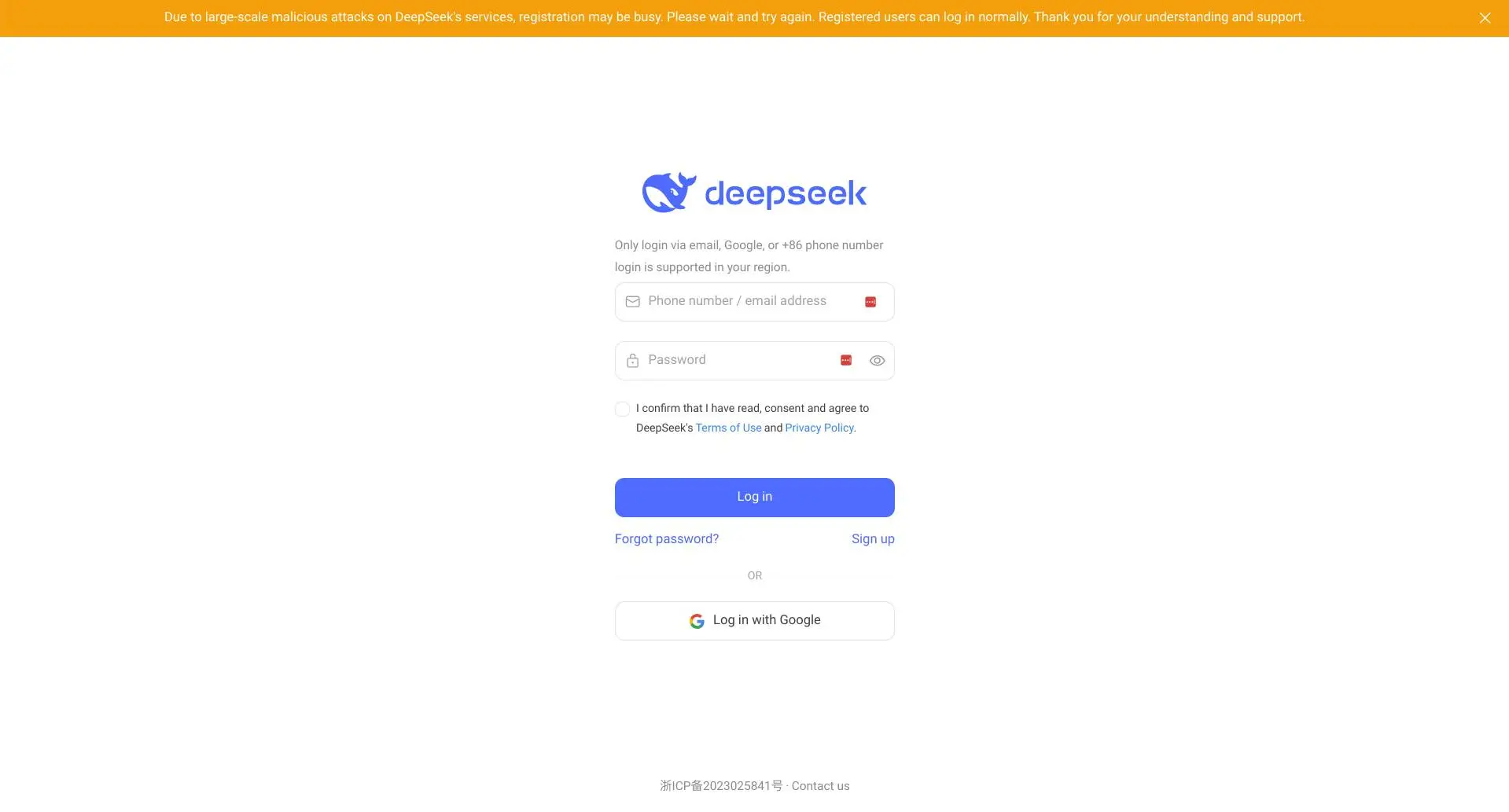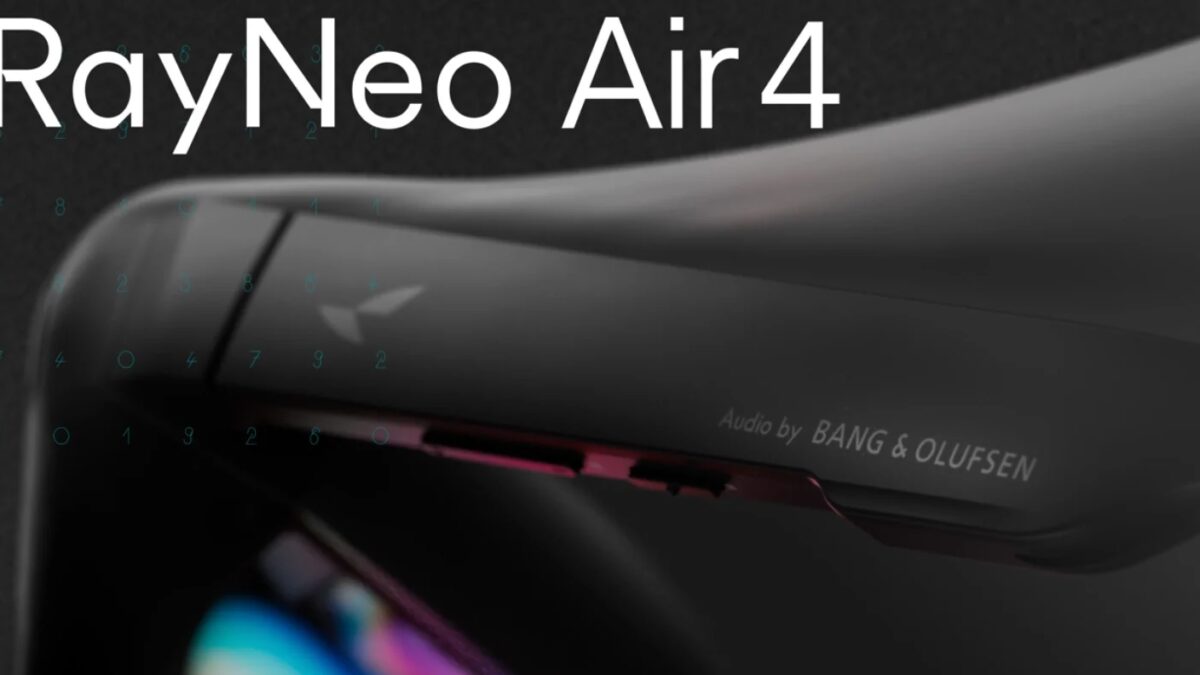DeepSeek: the artificial intelligence that dethroned ChatGPT

A year-old startup from China has conquered the artificial intelligence industry by releasing a chatbot that rivals ChatGPT in performance while consuming many times less power, cooling and training costs than OpenAI, Google and Anthropic systems. And if you’d like to know more about the AI that’s upended the entire industry, you can read about Deepseek’s V3 and R1 models and why this company could fundamentally change America’s AI ambitions in this article.
And if you want to know more about the AI that’s upended the entire industry, you can read about Deepseek’s V3 and R1 models and why this company could fundamentally change America’s AI ambitions in this article.
What is DeepSeek.
DeepSeek (technically “Hangzhou DeepSeek Artificial Intelligence Basic Technology Research Co., Ltd.”) – is a Chinese AI startup that was originally founded as an AI lab for parent company High-Flyer in April 2023. In May of that year, DeepSeek was spun off into a separate company (with High-Flyer remaining as an investor) and released the DeepSeek-V2. The V2 was on par with other leading Chinese AI companies such as ByteDance, Tencent, and Baidu in terms of performance, but had much lower operating costs.
The V2 was the first of its kind in China.
The company followed that up with the V3 in December 2024. V3 is a 671 billion parameter model that reportedly took less than 2 months to train. Moreover, according to a recent analysis by Jeffries, “the cost of training DeepSeek was only $5.6 million. This is a tiny fraction of the hundreds of millions to billions of dollars that U.S. companies like Google, Microsoft, xAI and OpenAI have spent on training their models.
These are the most expensive models in the world.

Benchmark test results put V3’s performance on par with GPT-4o and Claude 3.5 Sonnet. DeepSeek released its R1-Lite-Preview model in November 2024, saying the new model could outperform OpenAI’s o1 family of reasoning models (and do so at a lower price). The company estimates that the R1 model costs 20-50 times less, depending on the task, than OpenAI’s o1. DeepSeek subsequently released DeepSeek-R1 and DeepSeek-R1-Zero in January 2025. The R1, unlike its o1 competitor, is open source, which means that absolutely any developer can use it.
Since the release of V3 and R1, their popularity has skyrocketed, with V3-based AI assistant DeepSeek displacing ChatGPT from the top spots in app stores. Venture capitalist Marc Andreessen, in a recent social media post, called DeepSeek’s chatbot “one of the most amazing and impressive breakthroughs I’ve ever seen” and “a huge gift to the world.”
The DeepSeek chatbot is a “huge gift to the world.
What can DeepSeek do?”
As a large open source language model, DeepSeek chatbots can do pretty much everything ChatGPT, Gemini, and Claude can do. This includes generating text, audio, images and video. Moreover, DeepSeek’s recently released family of multimodal models, dubbed Janus Pro, reportedly outperforms DALL-E 3 as well as PixArt-alpha, Emu3-Gen and Stable Diffusion XL in a couple of industry benchmarks. DeepSeek-R1, which competes with o1, is specifically designed to perform complex reasoning tasks by generating step-by-step solutions to problems and creating “logical chains of thought” where it explains its reasoning process step-by-step in solving a problem.
The only thing DeepSeek can’t do is discuss topics banned by the Chinese Communist Party in one way or another.
The only thing DeepSeek can’t do is discuss topics banned by the Chinese Communist Party.
Who can use DeepSeek?

As an open source LLM, the DeepSeek model can be used by any developer for free. OpenAI charges $200 per month for the Pro subscription required to access o1. DeepSeek models are available online, through the company’s APIs, and in mobile apps. To use the models, you must register a free account on the company’s website, but the company has temporarily suspended new user registrations due to “widespread malware attacks on DeepSeek services.”
But users who registered early can log in and use the platform as normal, but there’s no word yet on when exactly new users will be able to try DeepSeek for themselves.
Why is DeepSeek suddenly such a big deal?”
.
Since the release of ChatGPT in November 2023, U.S. AI companies have been focused on building bigger, more powerful, more extensive, more energy- and resource-intensive language models. Instead of aiming for more cost and energy efficient LLMs, companies like OpenAI, Microsoft, Anthropic, and Google have seen fit to simply force the development of the technology, throwing absurd amounts of money and resources at the problem. Elon Musk is expected to personally spend up to $10 billion on AI initiatives in 2024 alone. OpenAI and its partners just announced Project Stargate, a $500 billion initiative that will dramatically accelerate the construction of green energy grids and AI data centers in the United States. According to CEO Sundar Pichai, Google plans to primarily scale the Gemini platform through 2025 and is expected to spend billions this year to achieve that goal.
According to CEO Sundar Pichai.
The Chinese development just proved, and quite clearly demonstrated to the world, that none of this is actually necessary – that the “AI boom” that has helped stimulate the U.S. economy in recent months and that has made GPU companies like Nvidia exponentially richer than they were in October 2023 may be nothing more than fiction. It also calls into question how much the U.S. is really leading the way in AI, despite repeated bans on advanced GPU shipments to China over the past year.
And it’s a question mark over how much the U.S. is really leading the way in AI, despite repeated bans on advanced GPU shipments to China over the past year.
In short, DeepSeek has just beaten the US AI industry at its own game, showing that the current “growth at all costs” mantra no longer applies.
DeepSeek clearly doesn’t have access to as much computation as US hyperscale companies, and it has somehow managed to develop a model that looks very competitive. If a Chinese startup can create an AI model that performs as well as the latest OpenAI development, and do it in less than two months and for less than $6 million, what’s the point of such a race?”
What’s the point of such a race?
CNBC’s Srini Pajuri, a semiconductor analyst at Raymond James








